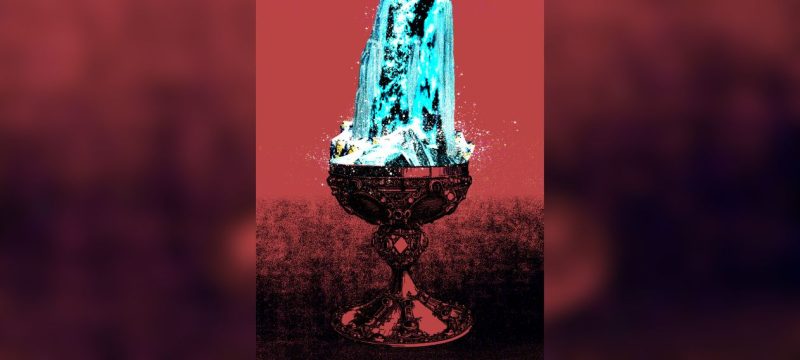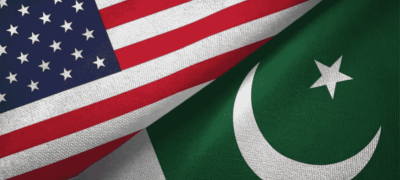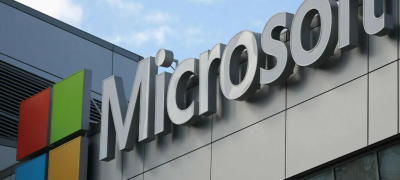At a Michelin-starred restaurant known for its refined menu and impeccable service, Magdalena Kalley and her three friends were celebrating a special evening. The group had just decided to share a perfectly seared $175 steak — a splurge-worthy indulgence worthy of the setting. As they browsed the drinks menu, Kalley asked the server for a recommendation to complement their meal.
The suggestion wasn’t a vintage wine or a rare spirit — it was a bottle of water.
Described as smooth and full-bodied, the server presented an artisanal still water sourced from the East Coast, priced at $11 a bottle. Curious and slightly amused, Kalley agreed to try it, expecting a unique taste experience. Yet, as she took the first sip, the realization sank in — it was, unmistakably, water. Pure, simple, and refreshing, but still… just water.
The moment sparked both laughter and reflection at the table — and soon, debate online.
When Water Becomes Luxury
In recent years, fine dining establishments have elevated water service to new heights. Gone are the days when guests were asked simply, “Still or sparkling?” Now, many high-end restaurants curate water menus featuring bottles from glaciers, mountain springs, and remote aquifers — some even boasting natural mineral compositions and unique “flavor profiles.”

These premium waters can cost anywhere from $8 to $25 a bottle. To enthusiasts, they’re the terroir of hydration — products of geography, geology, and time. To skeptics, however, it’s little more than an overpriced status symbol.
The Psychology of the Upsell
For restaurateurs, luxury water isn’t just about hydration — it’s about presentation. An $11 bottle complements a fine dining atmosphere and adds to the aura of exclusivity. It’s the same reason customers may splurge on a premium wine or a gold-plated dessert — the experience feels complete when every element reflects sophistication.
But consumer advocates argue that water upselling often borders on exploitation. In many cases, the same brands of bottled water are available in grocery stores for under $2. The markup, they say, is part of the broader luxury illusion that surrounds elite dining experiences.
A Symbol of Modern Dining Culture
Kalley’s $11 bottle has since become a talking point about the evolution of taste and class in the restaurant industry. As fine dining becomes more experiential, even the most basic element — water — is being rebranded, refined, and monetized.
To some diners, it’s harmless indulgence. To others, it’s a reflection of how luxury culture thrives on simplicity made exclusive.
Either way, one thing’s clear: in the modern culinary world, even a sip of water can come with a story — and a surprisingly steep price tag.
In other news also read about Luxury Shift: Kering Divests Beauty Business to L’Oréal for $4.7 Billion









